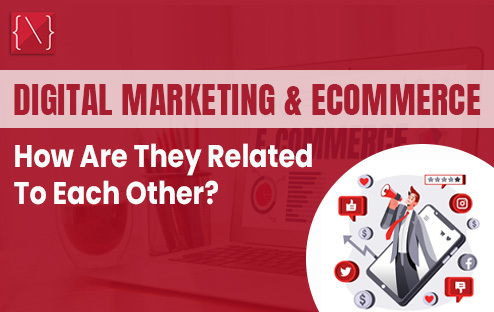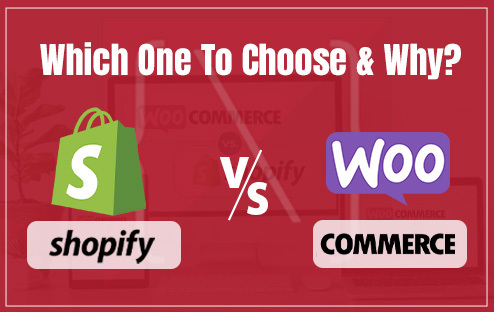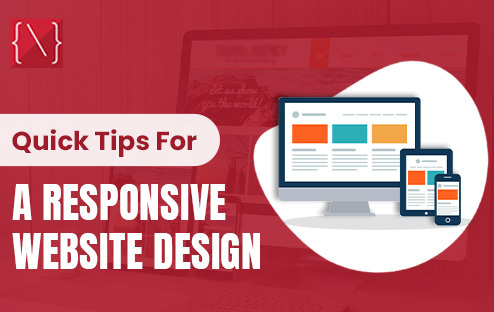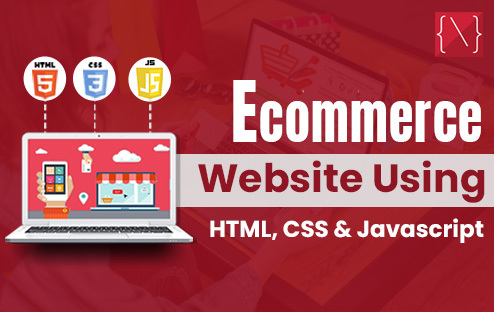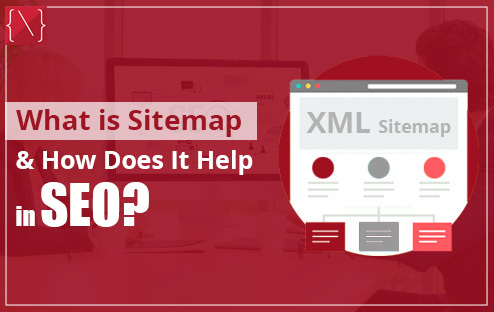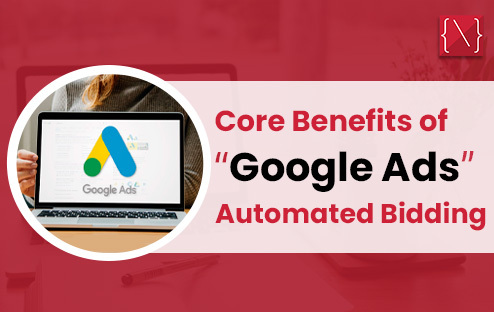Digital marketing and Ecommerce- How are they related to each other?
Digital marketing and ecommerce are two buzzwords that have been dominating the business world in recent years. With the rise of technology and internet usage, these two concepts have become crucial for the success of any business, big or small. While some may think that they are separate entities, the truth is that they are deeply interconnected and rely on each other for growth and success.
To understand the relationship between digital marketing and ecommerce, let’s first define both terms. Digital marketing is the use of various digital channels such as social media, search engines, email, and websites to reach and engage with potential customers. On the other hand, ecommerce refers to the buying and selling of goods and services online. It includes everything from online shopping platforms to online banking and other online transactions.
Now, let’s dive deeper into how digital marketing and ecommerce are related to each other.
Increased Reach and Visibility
One of the main goals of digital marketing is to increase a business’s online presence and reach its target audience. With the use of various digital channels, businesses can reach a wider audience than traditional marketing methods. This, in turn, helps to increase brand awareness and visibility. With more people being aware of a brand’s existence, the chances of attracting potential customers and increasing sales also increases.
Ecommerce, on the other hand, provides businesses with a platform to showcase and sell their products or services online. With an ecommerce website, businesses can reach a global audience, expanding their reach and customer base even further. Digital marketing and ecommerce work hand in hand to increase a business’s reach and visibility, making it easier for them to connect with their target audience and potential customers.
Personalization and Targeting
Digital marketing offers businesses the ability to personalize their messages and target specific audiences based on their interests, demographics, and online behavior. This level of personalization helps businesses to create more relevant and tailored marketing campaigns, which, in turn, increases the chances of conversion.
Ecommerce also allows for personalization through features such as product recommendations and personalized offers based on a customer’s purchase history. This enhances the overall shopping experience for customers, making them more likely to return and make repeat purchases. Digital marketing and ecommerce work together to provide a more personalized and targeted approach, making it easier for businesses to attract and retain customers.
Data and Analytics
Digital marketing and ecommerce both rely heavily on data and analytics to measure their success and make informed decisions. With digital marketing, businesses can track and analyze various metrics such as website traffic, social media engagement, email open rates, and more. This data provides valuable insights into customer behavior and preferences, which can be used to optimize marketing strategies and campaigns.
Ecommerce platforms also provide businesses with data on customer behavior, purchase patterns, and more. This data can be used to improve the user experience, optimize product offerings, and make data-driven decisions to increase sales and revenue. The integration of digital marketing and ecommerce allows businesses to gather and analyze data from various sources, providing a more comprehensive understanding of their target audience and market.
Seamless Customer Journey
In today’s digital age, customers expect a seamless shopping experience, whether it’s online or in-store. Digital marketing and ecommerce work hand in hand to provide a smooth customer journey from the initial awareness stage to the final purchase. Digital marketing efforts drive traffic to ecommerce platforms, while ecommerce platforms provide a seamless and convenient buying experience for customers.
Moreover, with the rise of social commerce, where customers can discover and purchase products directly on social media platforms, the line between digital marketing and ecommerce is becoming even more blurred. This integration allows for a more seamless and effortless customer journey, increasing the chances of conversion and customer satisfaction.
In conclusion, digital marketing and ecommerce are two sides of the same coin. They rely on each other to drive business growth and success in today’s digital landscape. As technology continues to evolve, the relationship between these two concepts will only become stronger, making it crucial for businesses to understand and effectively utilize both to stay competitive.
Read more AJ 14, Salt Lake, Sector 2, Kolkata - 700091 |
AJ 14, Salt Lake, Sector 2, Kolkata - 700091 |  743 Virginia Ave NE Atlanta, GA 30306
743 Virginia Ave NE Atlanta, GA 30306
